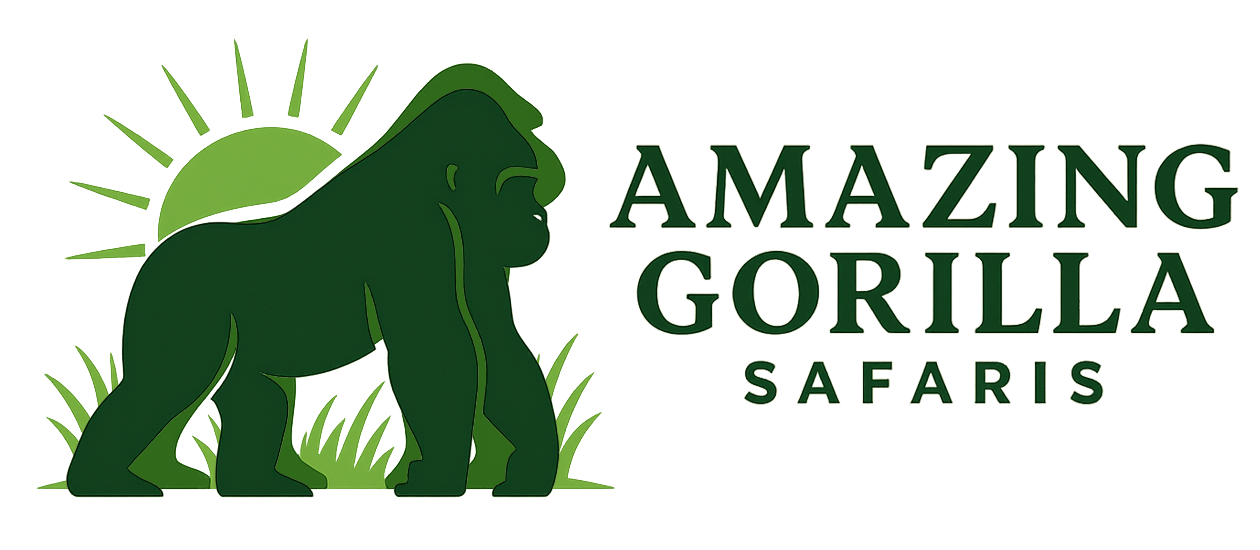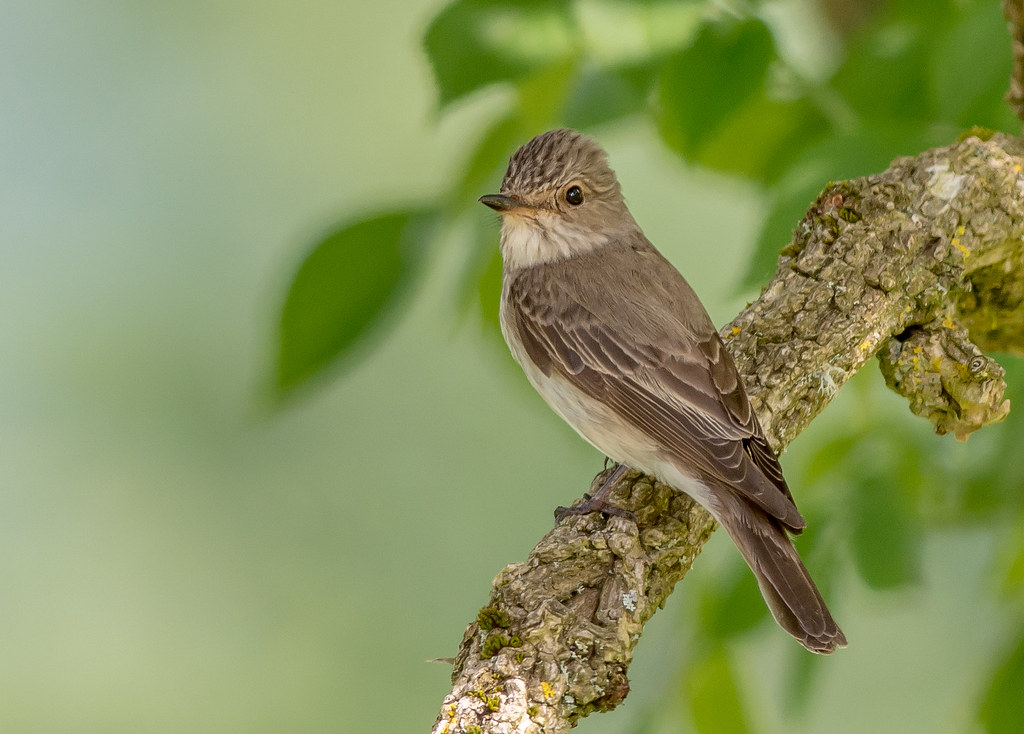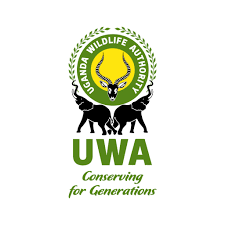Tips to Improve Your Wildlife & Nature Photography
Wildlife and nature photography is one of the most rewarding ways to connect with the natural world. It’s about more than just taking pictures — it’s about telling stories of survival, beauty, and the intricate details of life in the wild. Whether you’re photographing elephants on the savanna, birds in flight, or the patterns of a forest floor, improving your skills can make every image more powerful and memorable.
Know Your Subject
The first step in wildlife photography is understanding the animals and environments you’re photographing. Learn their behavior, feeding patterns, and times of activity. For example, predators are often most active in the early morning and evening, while many birds are easiest to find at dawn. The more you know, the more you can anticipate the moment instead of reacting too late.
Master Light and Timing
Light is everything in photography. Early mornings and late afternoons — often called the golden hours — provide soft, warm light that adds depth and mood to your images. Midday light, on the other hand, can be harsh and flatten your subjects. Plan your shoots around the best light, and embrace low-light techniques when working in forests or during cloudy days.
Use the Right Gear (But Keep It Practical)
While professional telephoto lenses are ideal, you don’t always need the longest lens to create striking images. A zoom lens in the 100–400mm range works well for safari photography, while wider lenses are perfect for capturing animals within their landscapes. Don’t forget essentials like spare batteries, memory cards, and protective gear for dust and rain.
Focus on the Eyes
The eyes are often the most expressive part of an animal and can transform a good photo into a great one. Always aim for sharp focus on the eyes, whether you’re photographing a lion at rest or a bird perched on a branch. Eye contact creates an instant connection between the subject and the viewer.
Tell a Story Through Composition
Think beyond just the animal — consider the background, environment, and mood. Use leading lines, framing, or wide-angle shots to show the animal in context. A herd of elephants against Mount Kilimanjaro tells a different story than a close-up of a single elephant. Varying your perspective keeps your portfolio diverse and engaging.
Practice Patience
Nature photography often rewards those who wait. Sit quietly, observe, and allow animals to behave naturally rather than chasing them for a shot. The most authentic and powerful images often come from moments of patience, when animals are undisturbed and reveal their true behavior.
Respect Wildlife and Nature
Great photography should never come at the expense of the animal or its habitat. Keep a safe distance, avoid disturbing natural behaviors, and follow ethical guidelines. Not only does this protect wildlife, but it also ensures your images capture them authentically.





